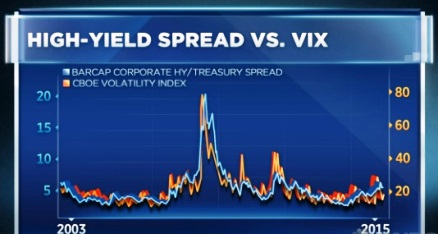
reporting from Lisa Abramowicz
Exchange-traded funds that own junk bonds are attracting unprecedented sums of cash from institutional investors seeking to slip in and out of the market as dealer inventories decline.
Institutional holders own 51 percent of BlackRock Inc.’s high-yield ETF, up 11 percentage points this year, according to data compiled by Bloomberg. The portion at State Street Corp. (STT)’s fund has grown to 60 percent, a rise of 18 percentage points.
The two funds, which allow individual investors access to the junk-bond market for as little as $37.59 a share, are attracting buyers from Bank of America Corp. (BAC) to Northern Trust Corp. as primary dealers gut corporate bond holdings by 81 percent since 2007. The market shift was underscored last month, when an investor redeemed as much as $780 million shares in State Street’s fund for the equivalent amount of bonds.
“Liquidity is the main reason that we’re using high-yield ETFs right now rather than high-yield bonds,” Tim Anderson, chief fixed-income officer at RiverFront Investment Group LLC in Richmond, Virginia said in a telephone interview. “In the good old days you could call up one of the major firms and there’d be a halfway decent shot you could sell $15 million, $30 million of bonds to them on the line,” said Anderson, whose firm is the sixth-biggest institutional shareholder in State Street’s fund. “They’re not keeping the same inventories anymore.”
“ETFs have increasingly become a more viable way to express credit views,” said Eric Gross, a credit strategist at Barclays Plc in New York. “We’ve seen corporate bond liquidity go down across both investment grade and high yield.”
“As long as something like JNK or HYG is easy to trade and relatively liquid, I’m not sure why anyone would go through the hassle of chasing down all the bonds, unless they were very good at doing it,” said Chris Hempstead, director of ETF execution at WallachBeth Capital LLC in New York. “It may be an affordable way to get exposure to the bonds.” Continue reading →

